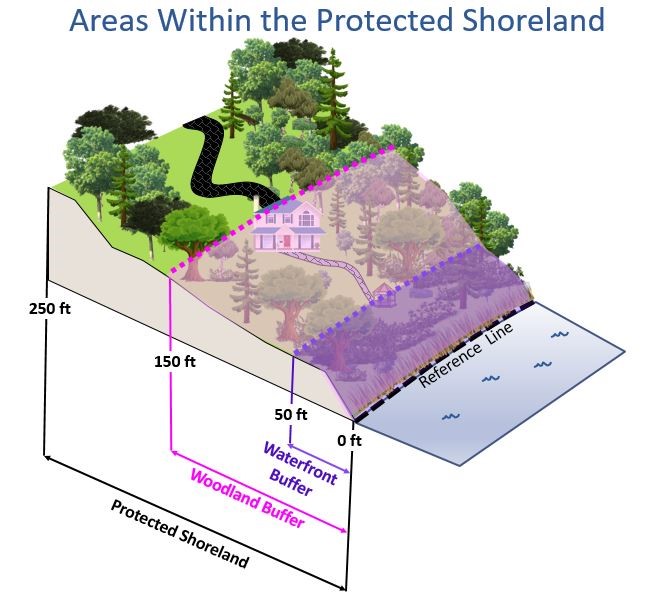The Ultimate Guide To Shore Protect Team
Little Known Questions About Shore Protect Team.
Table of ContentsThe smart Trick of Shore Protect Team That Nobody is Talking AboutShore Protect Team Fundamentals ExplainedShore Protect Team Can Be Fun For AnyoneThe Facts About Shore Protect Team RevealedWhat Does Shore Protect Team Do?What Does Shore Protect Team Do?Facts About Shore Protect Team Revealed
Decline in building value: As the location tourist is affected by disintegration, so after that is the economy. Buyers are less most likely to look for a beach house that can be destroyed anytime by the upcoming flooding and erosion emergency situation. Consequently, building value can drop profoundly and influence the whole region.Whether a beach is just little and crowded or needs to shut completely for the security of the ecosystem and close-by homes, this significantly impacts tourism. In turn, regional economies are impacted (https://www.band.us/band/100254607). Threat of injury: The enhanced danger of flooding and architectural failings causes a raised risk of injury to neighboring tourists and community participants

Shoreline stablizing is directly relevant to their job. Waterfront resorts: Because shoreline erosion influences tourism, it affects the success of beachfront resorts.
The Best Strategy To Use For Shore Protect Team
Coastal commercial companies: No travelers means no organization. Coastal state parks: State parks that exist along shorelines are at risk of damages.
Difficult stablizing utilizes manufactured frameworks as defense to control erosion. Many types of tough stabilization like seawalls and sheet steel are not ideal for shoreline stabilization.
Our Shore Protect Team PDFs
There's additionally not enough proof of their performance depending upon the kind of coastline and neighborhood conditions. Hard stablizing techniques tend to be a lot more tough to install and don't match the all-natural aesthetic, sticking out like a sore thumb and harming local ecological communities in numerous circumstances. Beach nutrition is the procedure of adding lost sand and debris back to beaches after disintegration has taken place.
TrapBags help in the process of beach sustenance by safeguarding all-natural communities and permitting plants to expand. They're: Ecologically friendly: You can utilize native dirt both to border and to fill up the TrapBags.

Fascination About Shore Protect Team
They can also be mounted without any type of hefty equipment. Budget-friendly: TrapBags are excellent for both little and huge areas of shoreline.
The suitable seawall style depends on location-specific aspects, consisting of surrounding erosion processes. There are 3 major types of seawalls: vertical, curved, tipped, and piles (see table listed below).
All-natural barriers, such as reef and mangrove forests, prevent the spread of tsunamis and the flow of seaside waters and reduced the flood and surge of water. A cost-benefit strategy is a reliable way to identify whether a seawall is proper and whether the advantages deserve the expenditure.
How Shore Protect Team can Save You Time, Stress, and Money.
A seawall is a static feature which can conflict with the vibrant nature of the coast and hamper the exchange of sediment in between land and sea. The table listed below summarizes some positive and adverse impacts of seawalls which can be utilized when contrasting their effectiveness with various other seaside monitoring alternatives, such as beach nutrition. [] Benefits and negative aspects of seawalls according to Short (1999) Advantages Negative aspects Long-term remedy in comparison to soft coastline nutrients.

This can cause beaches to dissipate, rendering them pointless for coastline goers. Generally, seawalls can be a successful means to regulate coastal erosion, however just if they are created well and out of materials that can hold up against the pressure of continuous wave power.
See This Report about Shore Protect Team
Combined with a high building expense, this has brought about boosting use various other soft design seaside monitoring choices such as beach replenishment. Seawalls are built from different products, most commonly reinforced concrete, boulders, steel, or gabions. Various other possible construction materials consist of plastic, timber, aluminum, fiberglass composite, and naturally degradable sandbags made from hemp and coir. The appropriate seawall style relies upon location-specific aspects, including bordering erosion processes. There are 3 primary sorts of seawalls: vertical, curved, stepped, and piles (see table listed below). A report released by the United Nations Atmosphere Program (UNEP) suggests that the tidal wave of 26 December 2004 caused much less damages in the areas where all-natural obstacles existed, such as mangroves, coral reefs or seaside plant life.
All-natural obstacles, such as coral reefs and mangrove forests, stop the spread of tsunamis and the circulation of coastal waters and reduced the flood and rise of water. A cost-benefit method is a reliable method to figure out whether a seawall is suitable and whether the benefits deserve the cost.
Fascination About Shore Protect Team
A seawall is a fixed feature which can contrast with the dynamic nature of the coastline and hamper the exchange of debris between land and sea. Benefits and negative aspects of seawalls according to Short (1999) Benefits Disadvantages Long term remedy in comparison to soft beach sustenance.

This can create coastlines to dissipate, rendering them worthless for coastline goers. Usually, seawalls can be an effective means to control seaside disintegration, yet only if they are built well and out of materials that can hold up against the pressure of ongoing wave energy.